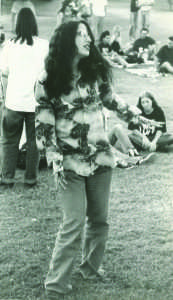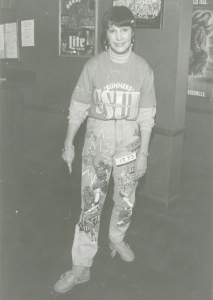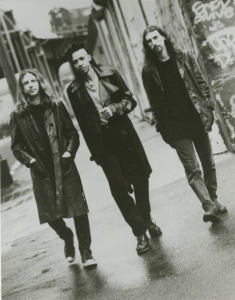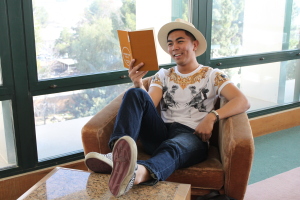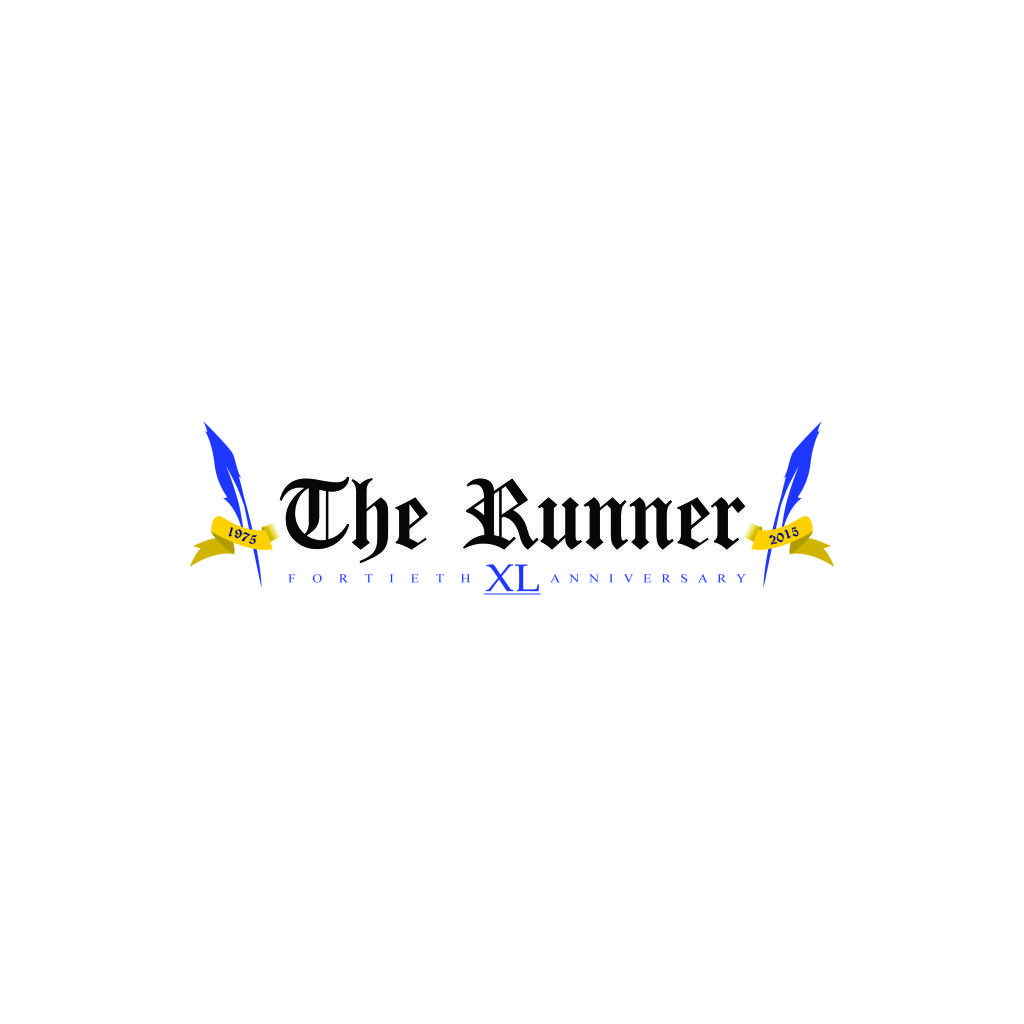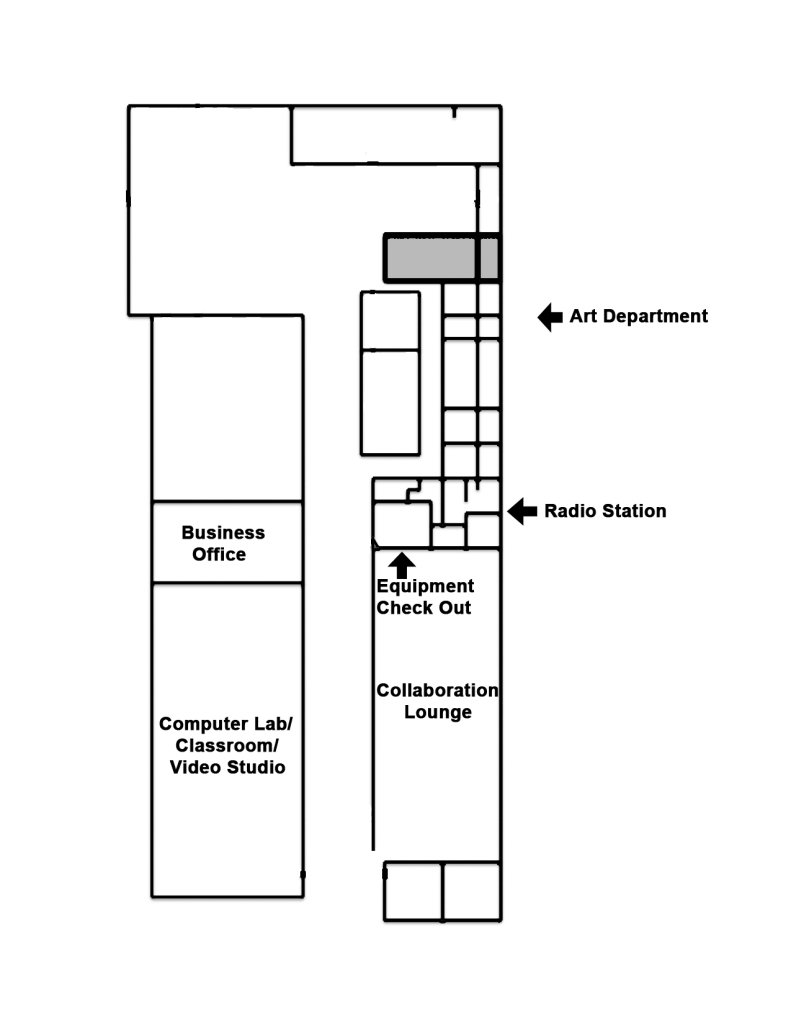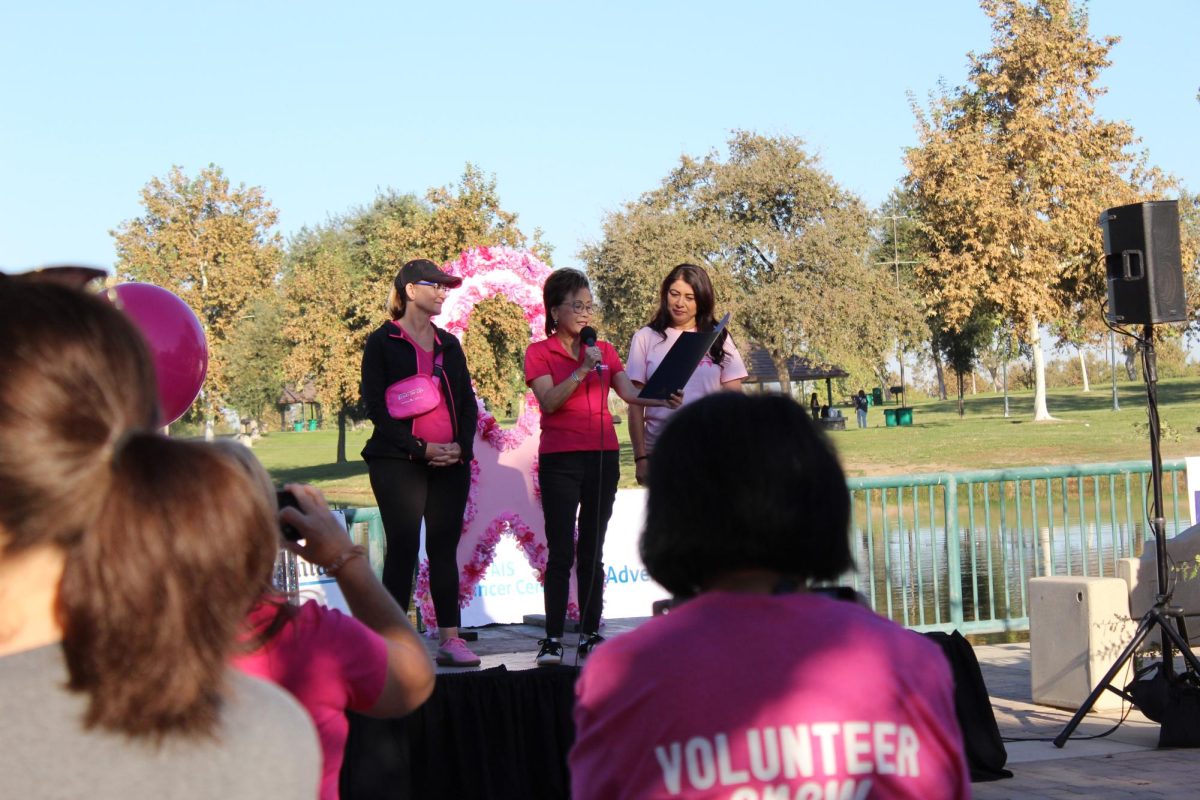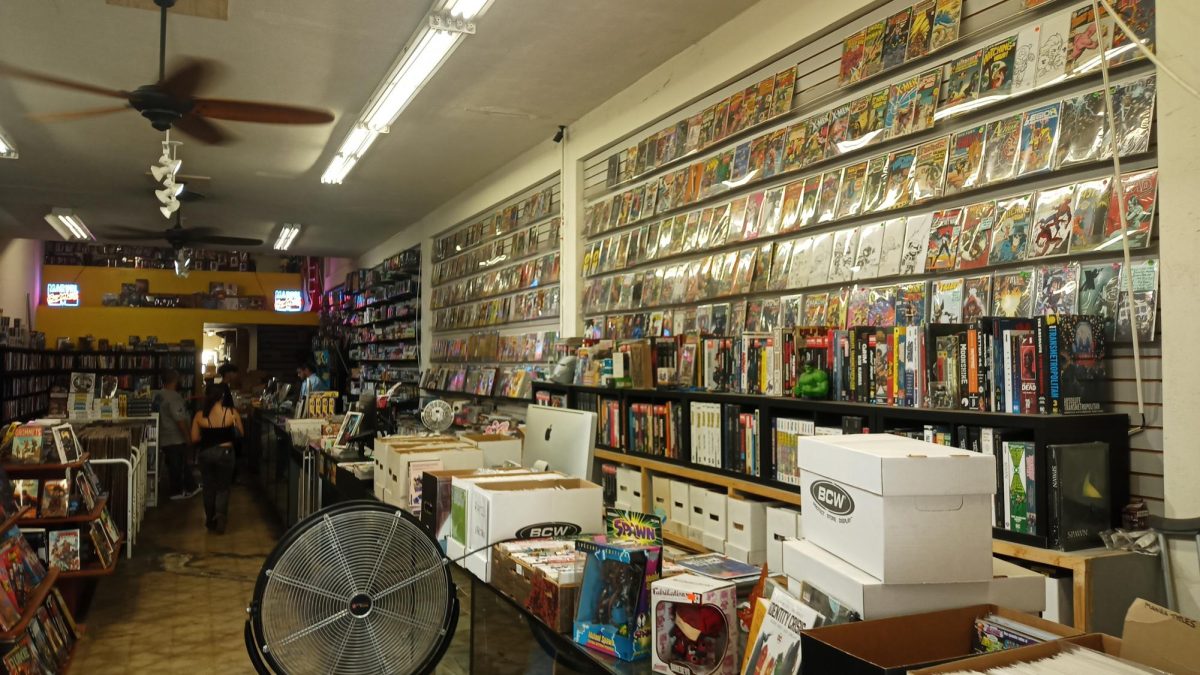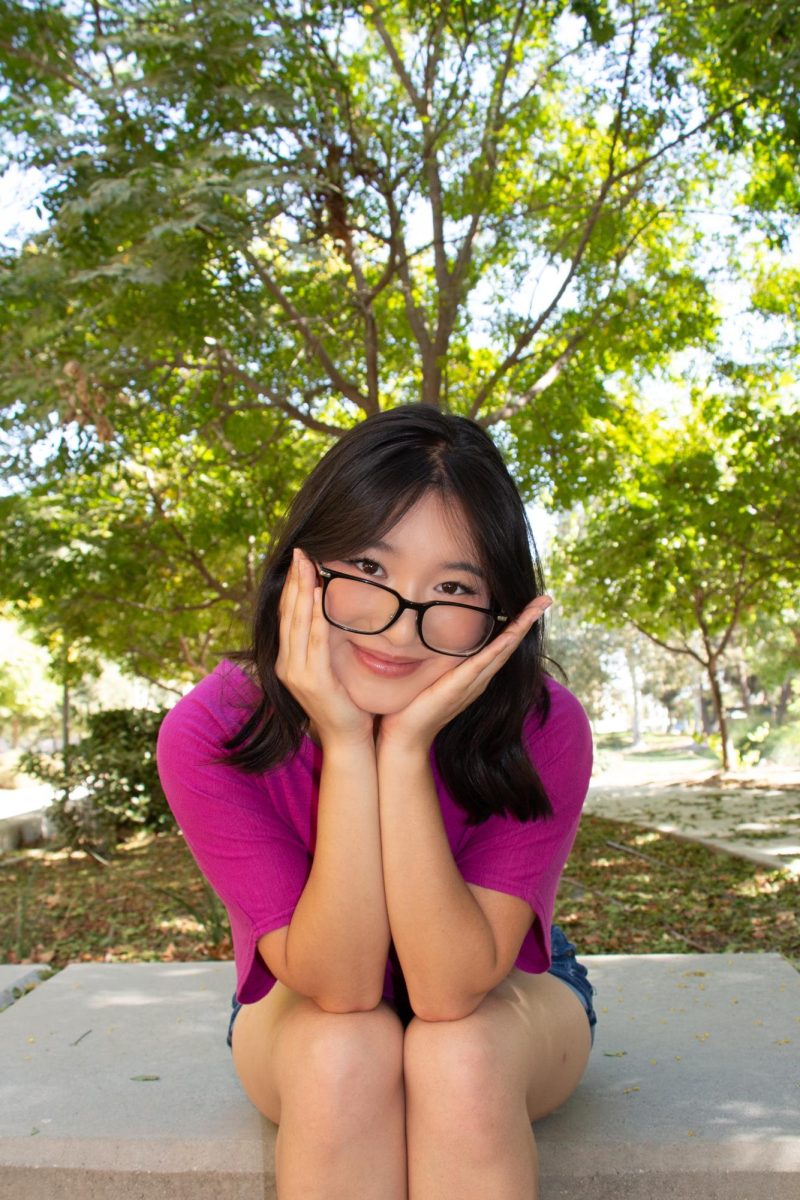Reporter
Refinement is a good word to describe the fashions that emerged in the 1970s. According to Nick Remsen, a Vogue magazine writer, “it was a sartorially diverse era as well, evolution from the sixties’ hippie-bohemiana spillover into a more fitted, less flouncy silhouette.”
“Standing out” of the crowd was significant during this era. Tom Wolfe, American author and journalist, even referred to it as “The Me Decade.”
Bob Mackie, also known as the Sultan of Sequins, and Roy Halston, and Diane Von Furstenberg were few of the most successful designers that were discovered within this decade. Mackie dressed numerous celebrities—including Cher. Halston’s goddess-like draped gowns also flooded the red carpets, while Von Furstenberg introduced the iconic wrap dress, which soon became a staple in women’s wardrobes.
Regardless of your gender, 1970s fashion meant big, and leggy shapes and saturated colors.
Pictured is a former California State College, Bakersfield student dressed in a hippie-bohemian inspired outfit consisting of the two must-have items of the decade—slouchy trousers and a statement blouse.
During the 1980s, “there was nothing sexier than being super-tan, super-fit, and showing it all off,” according to Johanna Cox, a reporter for Elle magazine.
Although athletic-wear is one of the most iconic trends from this decade, other prominent trends that arose during this decade was denim and wearing logos—as photographed (Above)
[Insert quote about wearing logo from 1980 version of The Runner
Several events occurred in the 1980s that made the decade a turning point in the fashion industry. Firstly, Anna Wintour took over Vogue as the publication’s new editor-in-chief in 1988.
The athletic brand, Nike, also came out with their trademarked slogan that became an icon within this decade—“Just Do It!”
The 1990s was an eccentric decade for fashion. Old trends were experimented with to create completely different looks.
For Marc Jacobs, one of today’s most successful fashion designers, this decade was a career-defining moment. After designing the Spring-Summer 1993 collection for Perry Ellis, as the brand’s creative director, he was fired.
With his final collection with the Perry Ellis brand, Jacobs experimented by layering plaids with cashmere sweaters and pairing this outfit with a beanie and Doc Marten boots. This was the rise of grunge fashion—a trend that fashionistas today associate the 90s with.
The staple pieces during this decade also included long leather jackets, distressed denim and rugged shirts, as photographed (above)
Since it is a brand new millennium, you would think that brand new fashion trends would arise, right? Wrong. Well… to an extent. The 2000s were all about bringing it “Back to Basics.”
Several major fashion trends from past decades came back with a modern twist. Fit was altered, patterns were refined, and colors became even more saturated.
The rise of digital technology also brought in the rise of my favorite trend of the new millennium—digital print on clothing. Major designers like Versace, Prada, and Dolce & Gabbana are among the designers that popularized this trend.
On the picture, I simplified this trend by pairing an intricately decorated t-shirt with skinny blue jeans and sneakers.
Fashion is a cyclical trend, and this article covers only four decades of it. Let us see what trends another forty more years will bring!



